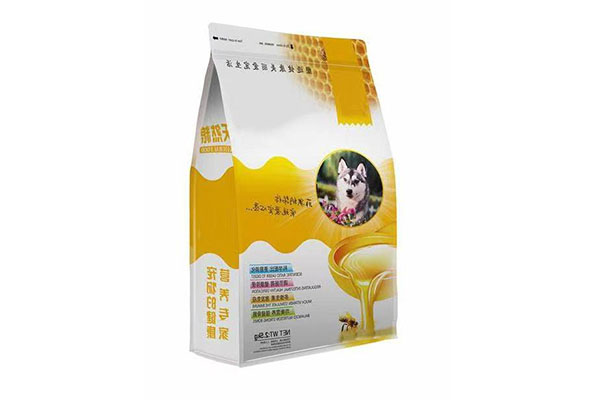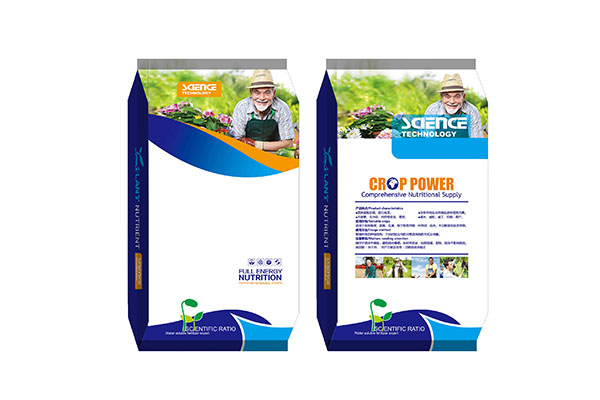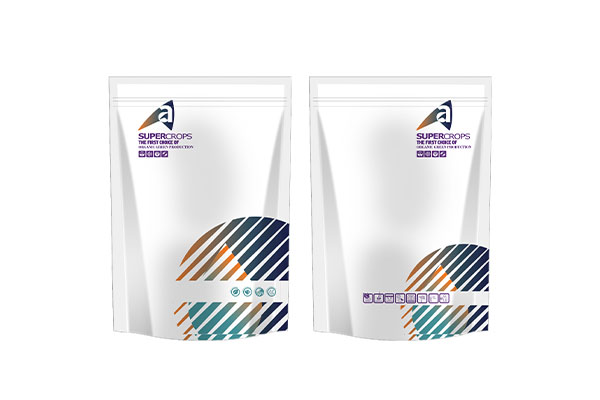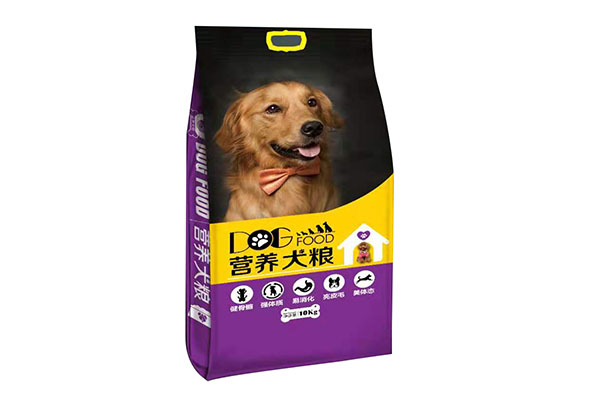How is the sealing performance of liquid bags, and can it keep the liquid fresh for a long time?
Release Time : 2025-03-06
In modern packaging technology, liquid bags are widely used in food, beverage, chemical, medical and other fields as a light, flexible and economical packaging form. Among them, sealing performance is one of the key indicators to measure the quality of liquid bags. It is directly related to whether the liquid can keep fresh in the package for a long time, which in turn affects the shelf life, safety and consumer experience of the product. This article will explore the sealing performance of liquid bags and its importance in keeping the liquid fresh.
1. Basic understanding of the sealing performance of liquid bags
The sealing performance of liquid bags refers to the ability of the packaging bag to effectively prevent the entry of impurities such as external air, moisture, and microorganisms after closing, and prevent the leakage of liquid in the bag. The realization of this performance depends on the material selection, structural design and sealing process of the packaging bag.
In terms of materials, high-quality plastic films, such as polyethylene (PE), polypropylene (PP), polyester (PET), etc., are often used as the main materials of liquid bags due to their good barrier properties, flexibility and puncture resistance. These materials can effectively block the penetration of oxygen, water vapor, etc., thereby extending the shelf life of the liquid in the bag.
In terms of structure, liquid bags are usually designed as multi-layer composite structures, and each layer of materials has its own function, which together improves the sealing and protection performance of the packaging. For example, the inner layer uses materials with strong barrier properties to prevent the liquid from directly contacting the external environment, while the outer layer focuses on wear resistance and tear resistance to improve the durability of the packaging.
In terms of sealing technology, heat sealing, ultrasonic sealing and other technologies are widely used. These technologies use heating or vibration to tightly combine two or more layers of materials in the packaging bag to form a firm sealing edge to ensure that the liquid will not leak from the seal.
2. The impact of sealing performance on maintaining the freshness of liquid
The quality of sealing performance directly affects the freshness of the liquid in the liquid bag. A well-sealed liquid bag can effectively isolate external oxygen, moisture and microorganisms, slow down the oxidation and deterioration of the liquid, and thus extend its shelf life. For example, in food packaging, oxygen is one of the main factors leading to food oxidation and deterioration. A liquid bag with good sealing performance can significantly reduce the concentration of oxygen in the bag, delay the oxidation reaction of food, and maintain the original color, flavor and nutritional value of food.
In addition, the sealing performance is also related to the hygienic safety of the liquid. A liquid bag with a poor seal may not only cause liquid leakage, but also allow external microorganisms to enter the bag, contaminate the liquid, and cause food safety problems. Especially in the fields of medical and chemical industries, the sealing performance of liquid bags is directly related to the sterility and safety of the product.
3. In order to improve the sealing performance of liquid bags, the following measures can be taken:
Optimize material selection: Select materials with stronger barrier properties and better flexibility, such as multi-layer co-extruded composite films, to improve the sealing and barrier properties of the packaging.
Improve structural design: Rationally design the shape, size and sealing position of the packaging bag to ensure that the sealing is flat and wrinkle-free to reduce the risk of leakage. At the same time, additional sealing layers can be added or special sealing structures, such as zipper seals, screw caps, etc., can be used to improve the firmness and convenience of the seal.
Improve the sealing process: Use advanced sealing technology and equipment, such as high-frequency heat sealers, ultrasonic sealers, etc., to ensure that the materials at the seal are fully melted and tightly combined. At the same time, regularly inspect and maintain the sealing equipment to ensure that it is in good working condition.
Strengthen quality control: During the production process, strengthen the detection and control of the sealing performance of liquid bags. Leakage tests, moisture permeability tests and other methods can be used to promptly detect and deal with poorly sealed products.
In summary, the sealing performance of liquid bags is the key to maintaining the freshness of liquids. By optimizing material selection, improving structural design, improving sealing technology and strengthening quality control, the sealing performance of liquid bags can be effectively improved to ensure that the liquid in the bag remains fresh, safe and hygienic for a long time. This is of great significance to improving product quality, extending shelf life and meeting consumer needs.
1. Basic understanding of the sealing performance of liquid bags
The sealing performance of liquid bags refers to the ability of the packaging bag to effectively prevent the entry of impurities such as external air, moisture, and microorganisms after closing, and prevent the leakage of liquid in the bag. The realization of this performance depends on the material selection, structural design and sealing process of the packaging bag.
In terms of materials, high-quality plastic films, such as polyethylene (PE), polypropylene (PP), polyester (PET), etc., are often used as the main materials of liquid bags due to their good barrier properties, flexibility and puncture resistance. These materials can effectively block the penetration of oxygen, water vapor, etc., thereby extending the shelf life of the liquid in the bag.
In terms of structure, liquid bags are usually designed as multi-layer composite structures, and each layer of materials has its own function, which together improves the sealing and protection performance of the packaging. For example, the inner layer uses materials with strong barrier properties to prevent the liquid from directly contacting the external environment, while the outer layer focuses on wear resistance and tear resistance to improve the durability of the packaging.
In terms of sealing technology, heat sealing, ultrasonic sealing and other technologies are widely used. These technologies use heating or vibration to tightly combine two or more layers of materials in the packaging bag to form a firm sealing edge to ensure that the liquid will not leak from the seal.
2. The impact of sealing performance on maintaining the freshness of liquid
The quality of sealing performance directly affects the freshness of the liquid in the liquid bag. A well-sealed liquid bag can effectively isolate external oxygen, moisture and microorganisms, slow down the oxidation and deterioration of the liquid, and thus extend its shelf life. For example, in food packaging, oxygen is one of the main factors leading to food oxidation and deterioration. A liquid bag with good sealing performance can significantly reduce the concentration of oxygen in the bag, delay the oxidation reaction of food, and maintain the original color, flavor and nutritional value of food.
In addition, the sealing performance is also related to the hygienic safety of the liquid. A liquid bag with a poor seal may not only cause liquid leakage, but also allow external microorganisms to enter the bag, contaminate the liquid, and cause food safety problems. Especially in the fields of medical and chemical industries, the sealing performance of liquid bags is directly related to the sterility and safety of the product.
3. In order to improve the sealing performance of liquid bags, the following measures can be taken:
Optimize material selection: Select materials with stronger barrier properties and better flexibility, such as multi-layer co-extruded composite films, to improve the sealing and barrier properties of the packaging.
Improve structural design: Rationally design the shape, size and sealing position of the packaging bag to ensure that the sealing is flat and wrinkle-free to reduce the risk of leakage. At the same time, additional sealing layers can be added or special sealing structures, such as zipper seals, screw caps, etc., can be used to improve the firmness and convenience of the seal.
Improve the sealing process: Use advanced sealing technology and equipment, such as high-frequency heat sealers, ultrasonic sealers, etc., to ensure that the materials at the seal are fully melted and tightly combined. At the same time, regularly inspect and maintain the sealing equipment to ensure that it is in good working condition.
Strengthen quality control: During the production process, strengthen the detection and control of the sealing performance of liquid bags. Leakage tests, moisture permeability tests and other methods can be used to promptly detect and deal with poorly sealed products.
In summary, the sealing performance of liquid bags is the key to maintaining the freshness of liquids. By optimizing material selection, improving structural design, improving sealing technology and strengthening quality control, the sealing performance of liquid bags can be effectively improved to ensure that the liquid in the bag remains fresh, safe and hygienic for a long time. This is of great significance to improving product quality, extending shelf life and meeting consumer needs.







